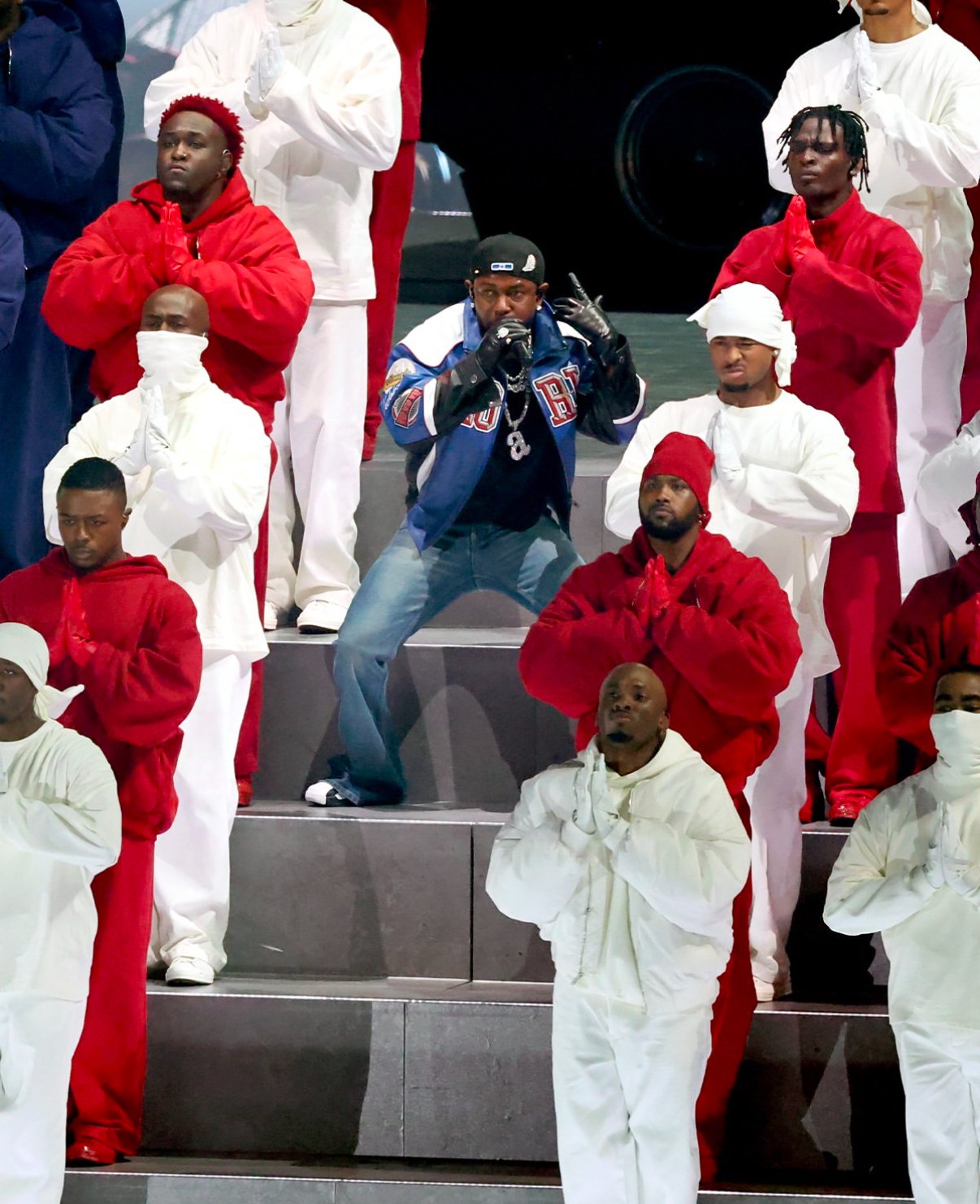The Collective Grief of Black Culture
A Reflection on Trauma and Resilience
The concept of collective grief speaks to the shared experience of sorrow and loss within a community, shaped profoundly by cultural history, shared struggles, and the memory of trauma. In the context of Black culture, collective grief is interwoven with the enduring legacies of slavery, systemic racism, and ongoing social injustices. The recent Super Bowl halftime show still resonates today, inspiring me as it featured an unforgettable Kendrick Lamar performance and an emotional reminder of collective grief and resilience in our culture.
Understanding Collective Grief
Collective grief encompasses the emotional response of a community that has faced historical traumas. Within Black culture, this includes a lineage of suffering—from the unimaginable horrors of the Middle Passage, where countless African slaves were forcibly transported, to contemporary issues of racial violence and inequality. Each injustice affects individuals and repeats throughout the community, creating rumination of emotional scars and its ongoing impact on the legacy of slavery.
The scholarly work of Dr. Joy DeGruy in "Post Traumatic Slave Syndrome" illuminates the long-term psychological effects of slavery on generations of African Americans. This theory posits that the trauma experienced by ancestors has been passed down, affecting the mental health of descendants. The shared grief over historical injustices often manifests in various forms, providing a context for understanding the emotional responses observed in moments like the Super Bowl halftime show.
Kendrick Lamar: A Voice for the Culture Collective Grief
Kendrick Lamar’s Super Bowl performance was not just a showcase of talent; it symbolized the struggles and triumphs of the Black community. His music often delves into themes of systemic oppression, identity, and resilience, resonating with those who carry the weight of collective grief. Songs like "Alright"(clean version for me😊) have become anthems of hope amidst despair, encapsulating the sentiments of a community that navigates trauma while striving for empowerment and healing.
Lamar's performance, rich in symbolism, drew attention to issues of racism and social injustice. It starkly reminded some viewers that the pain of the past still echoes in today's society, urging audiences to confront, acknowledge, and address these ongoing struggles. The visual storytelling in the performance served as a testament to the resilience of our Black culture and the need for collective healing.
Kendra Lamar’s performance symbolized the struggles and triumphs of the Black community.
Exploring collective grief within Black culture highlights the complexities of shared trauma and resilience while suggesting steps toward healing and activism. The conversation continues, affirming that grief, while painful, is also a powerful force for community and cultural identity.
The Role of Community in Healing
Grief can often lead to isolation, but in Black culture, community plays a vital role in navigating collective grief. Cultural practices, storytelling, and communal gatherings provide spaces for sharing pain and fostering healing. Moreover, the arts—music, dance, and visual art—serve as outlets for expressing grief and resilience, encouraging dialogue about our shared experiences.
Research by scholars like Dr. Maisha Winn emphasizes the importance of cultural narratives in healing and resilience. She posits that storytelling enables communities to articulate their traumas, reclaim their narratives, and inspire future generations. Collectively held grief can transform into strength within these stories, fostering a sense of unity and empowerment.
Legacy of Grief and Call to Action
Reflecting on events like the Super Bowl halftime show, we must recognize that collective grief is not a dead-end but a catalyst for social change. Through acts of remembrance, artistic expression, and communal solidarity, the Black community can channel grief into action. This process honors the memories of those who died in the battle and who advocated for justice and equity.
The collective grief experienced by Black culture speaks volumes about resilience, community, and the enduring fight against systemic oppression. Kendrick Lamar's powerful performance serves as a reminder of the ongoing journey toward acknowledgment, healing, and empowerment. The legacy of grief, while painful, can also inspire unity and a call to action for a more just future.
Thank you for joining me here!
Anna Laura!
References:
*DeGruy, J. (2005). Post Traumatic Slave Syndrome: America's Legacy of Enduring Injury and Healing. Uptone Press.
Winn, M. (2019). The Culture of Teaching: A Narrative Inquiry into Teaching Practices in African American Communities. Teachers College Press.
#CollectiveGrief #Blackculture #KendrickLamar #SuperBowlHalftimeShow #CulturalResilience #HealingThroughArt #SystemicRacism #BlackHistory #TraumaAndHealing #SocialJustice #BlackVoices #CulturalNarratives #Empowerment #PostTraumaticSlaveSyndrome #HopeAndResilience
*Listen to Dr. Joy DeGruy here: https://youtu.be/bnb8hl2XCBg?si=anMuXqIB8IyFf97v



